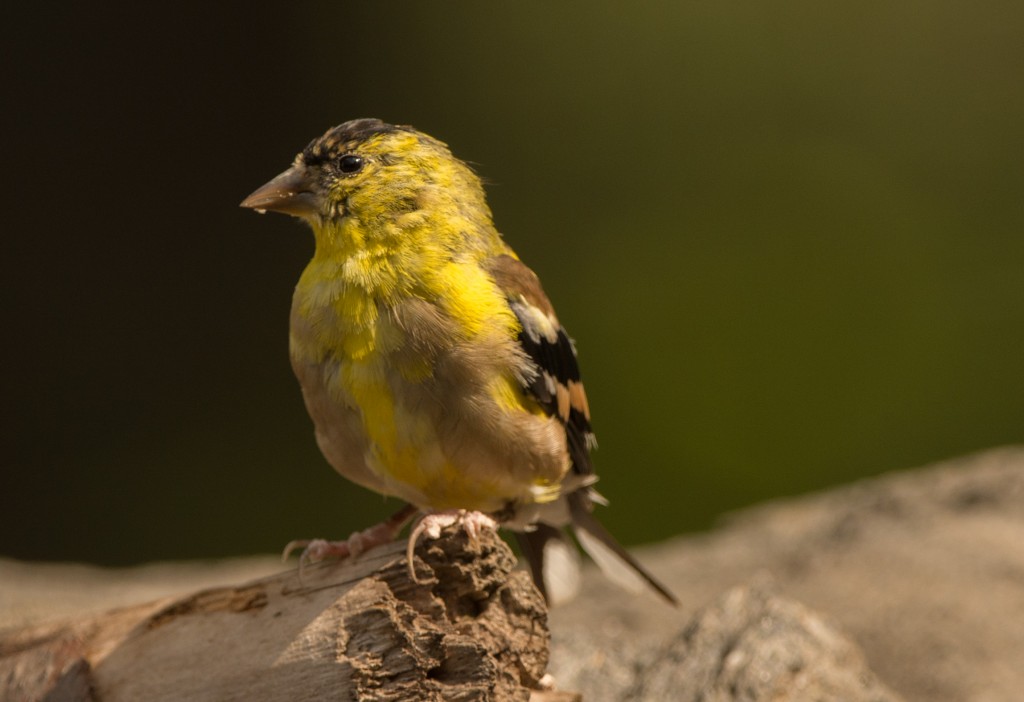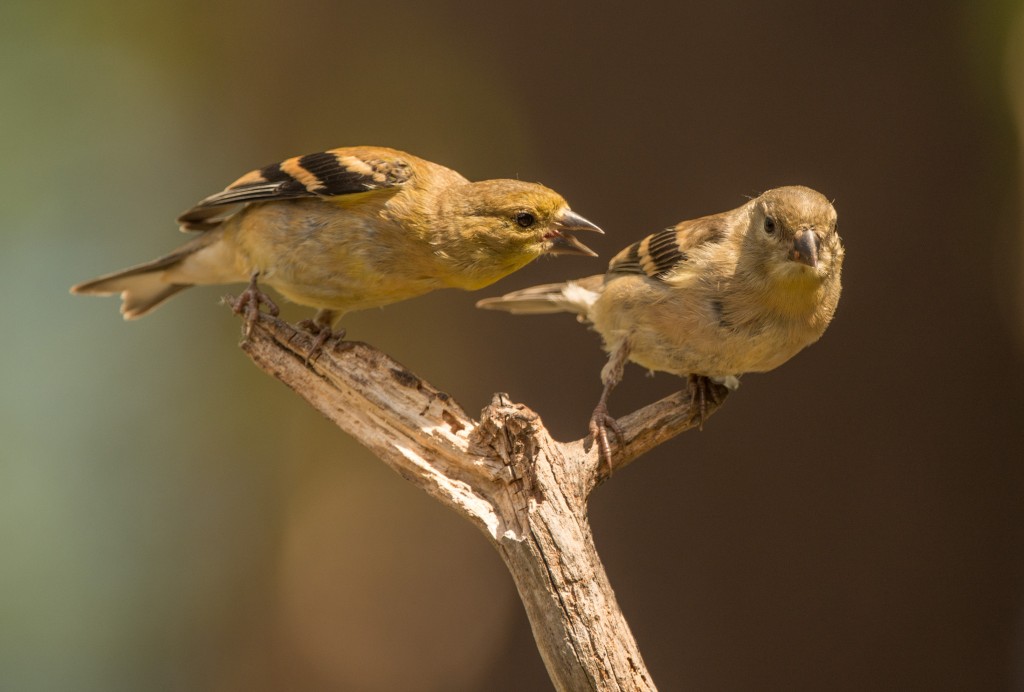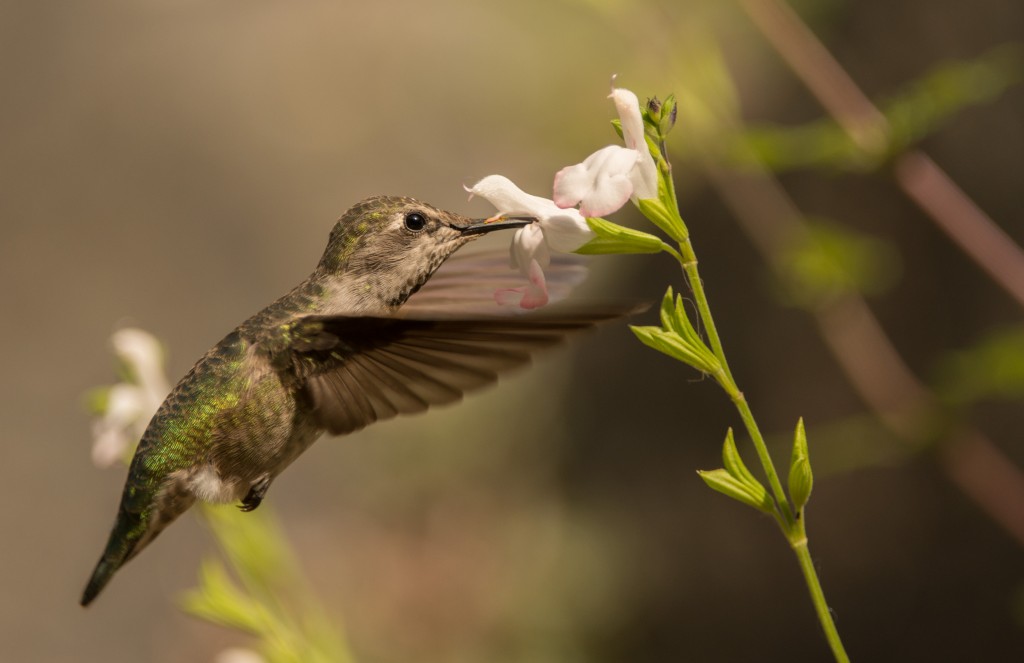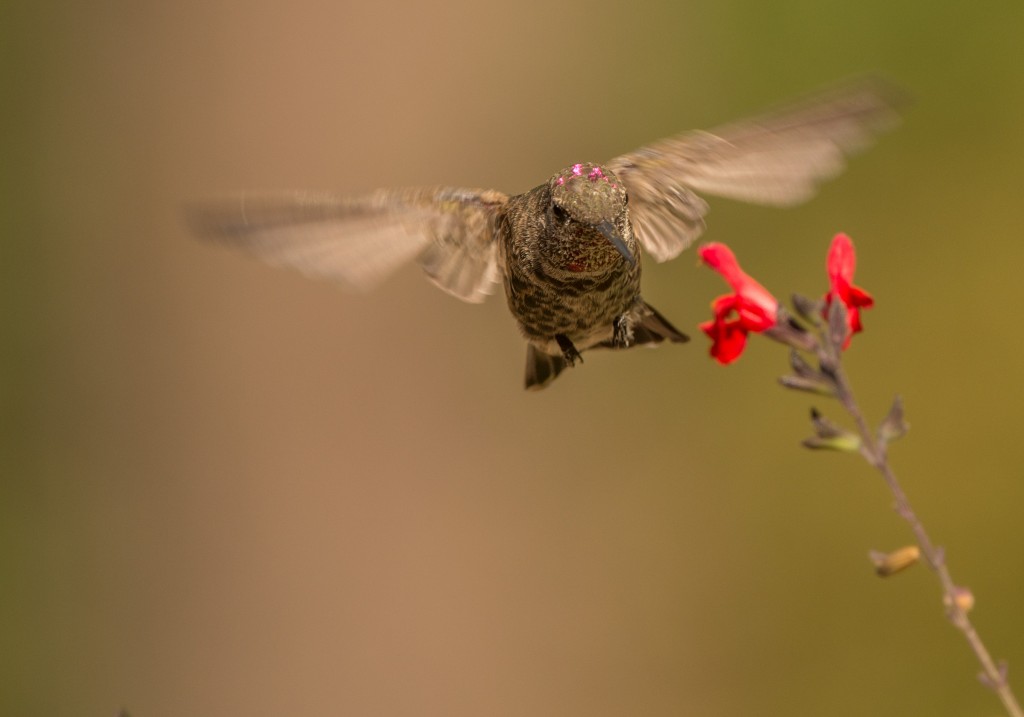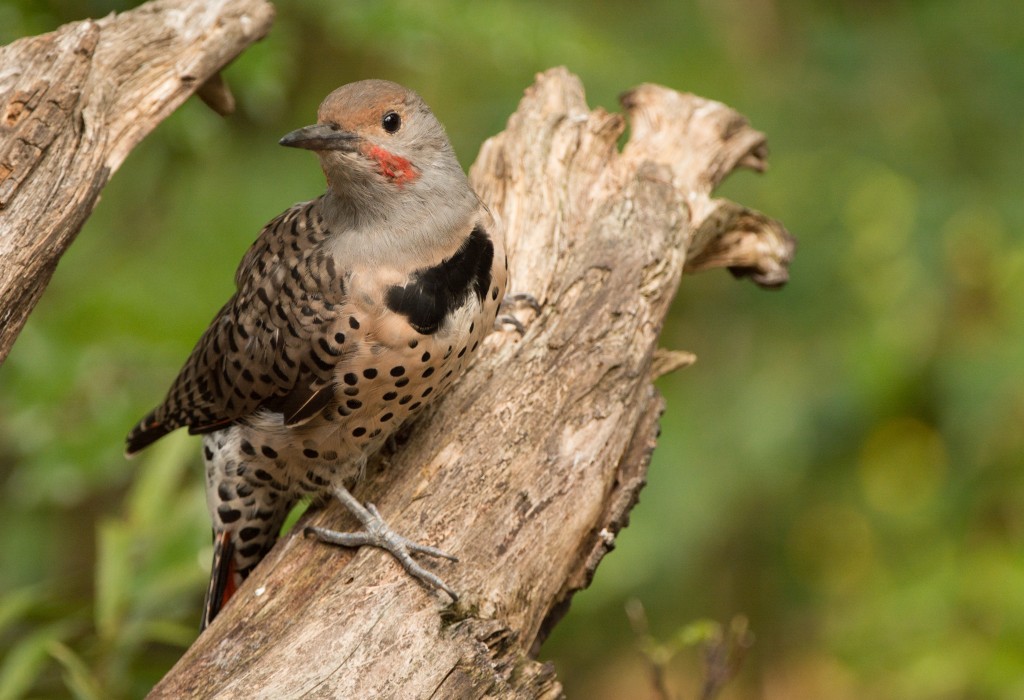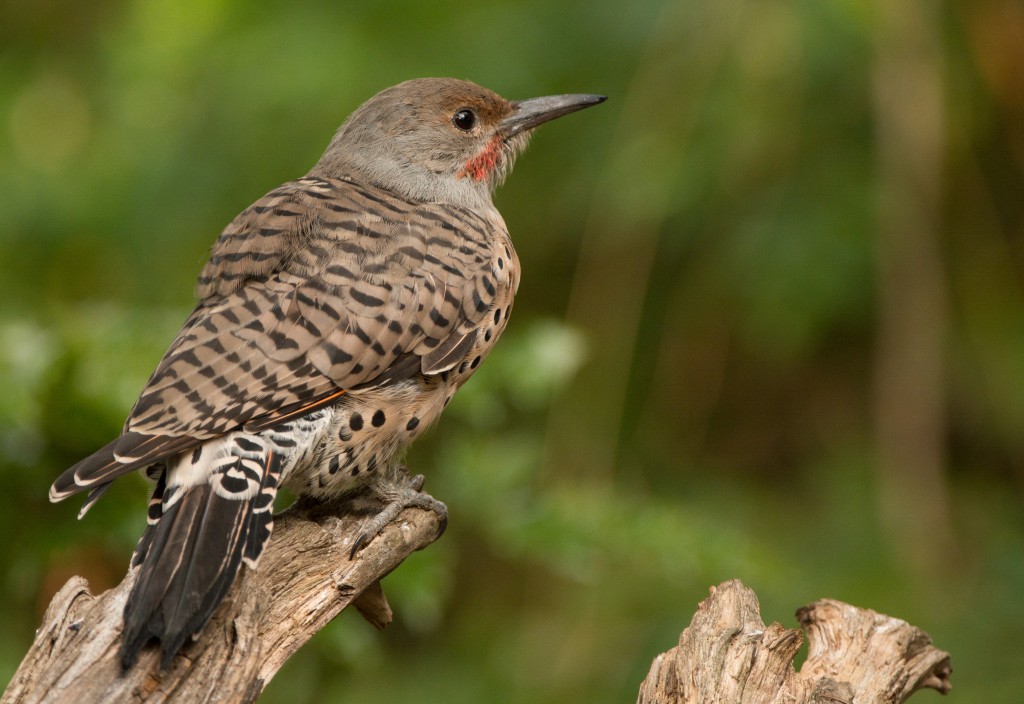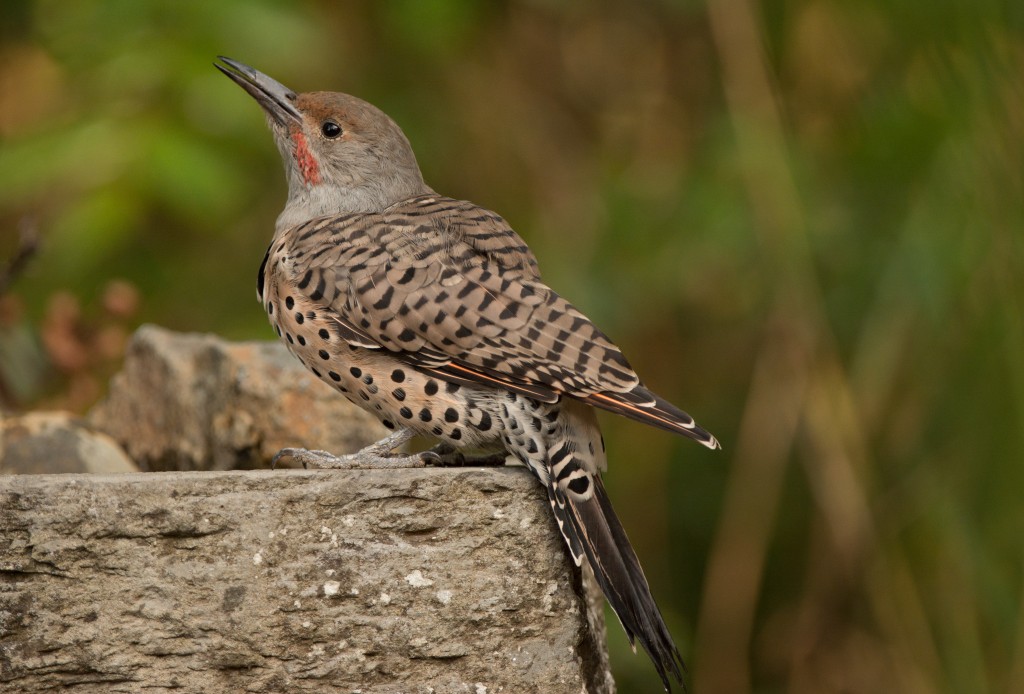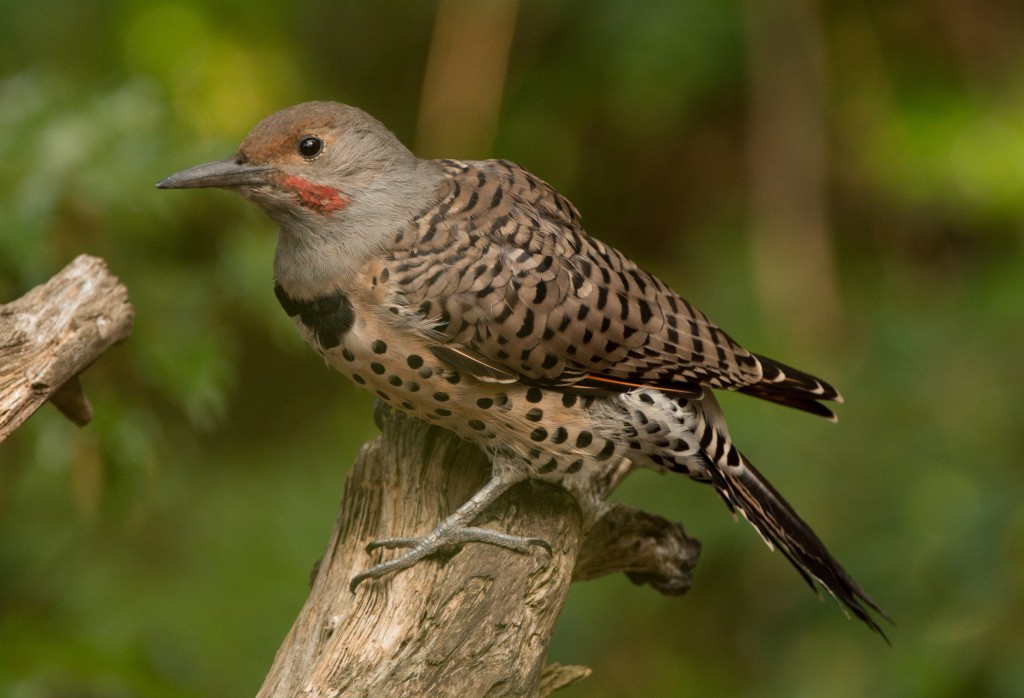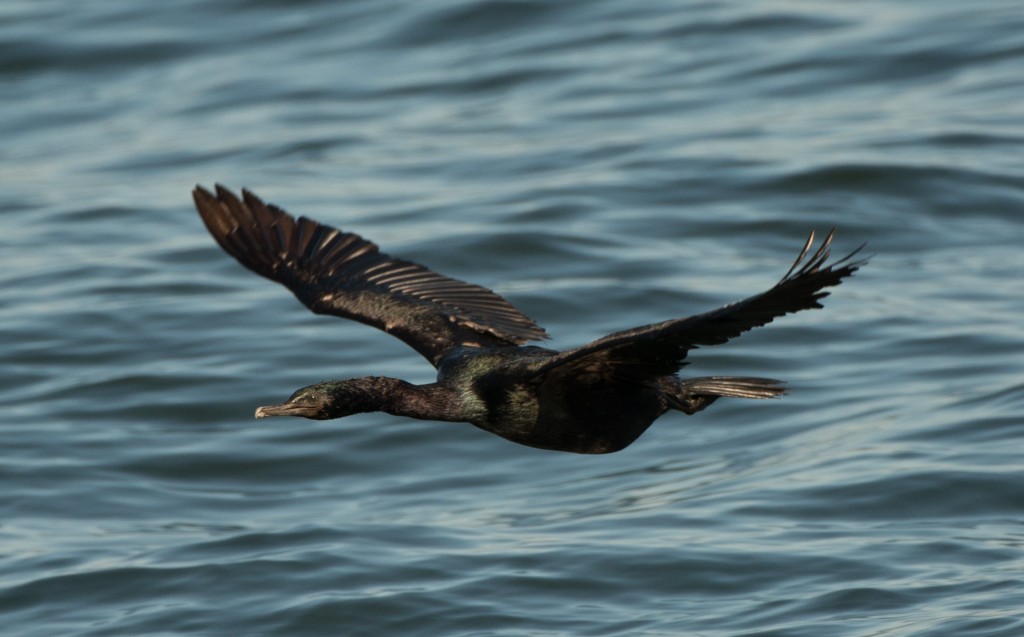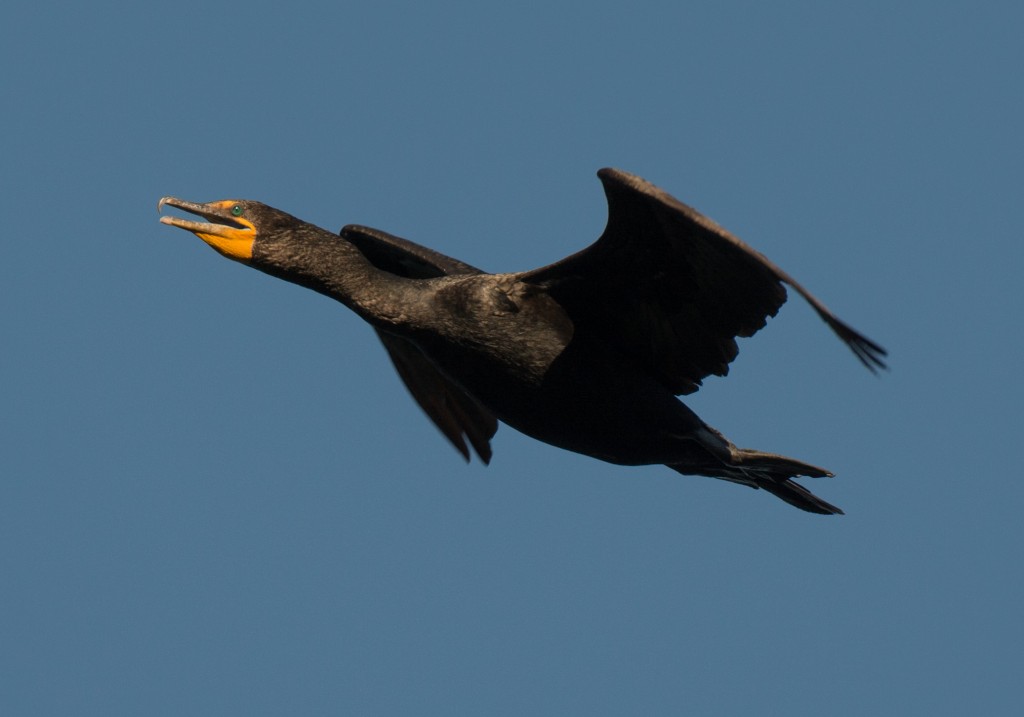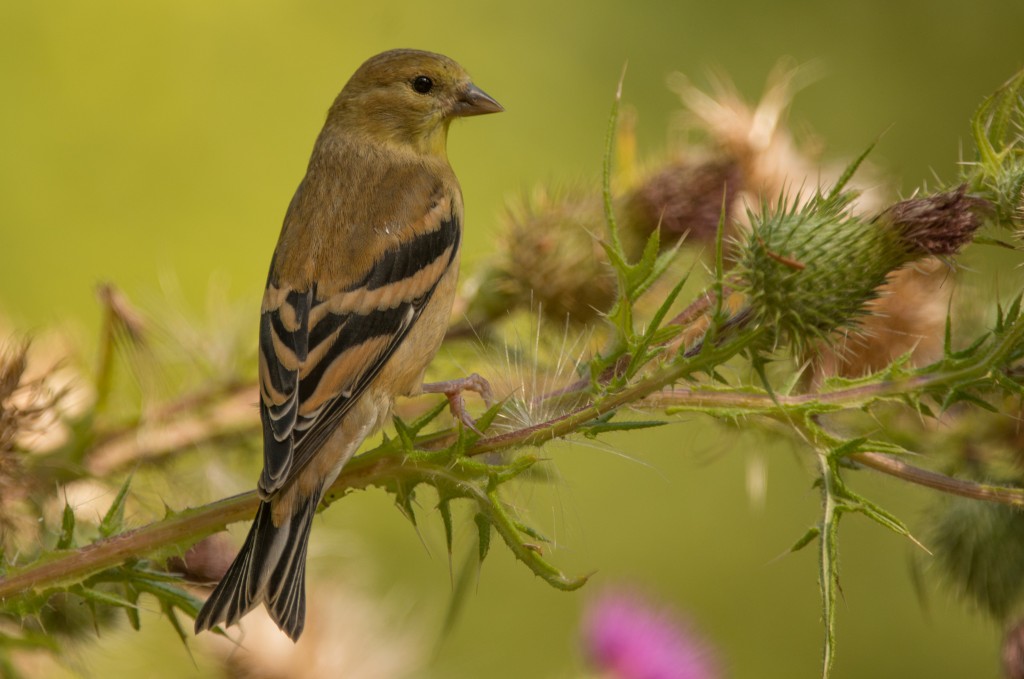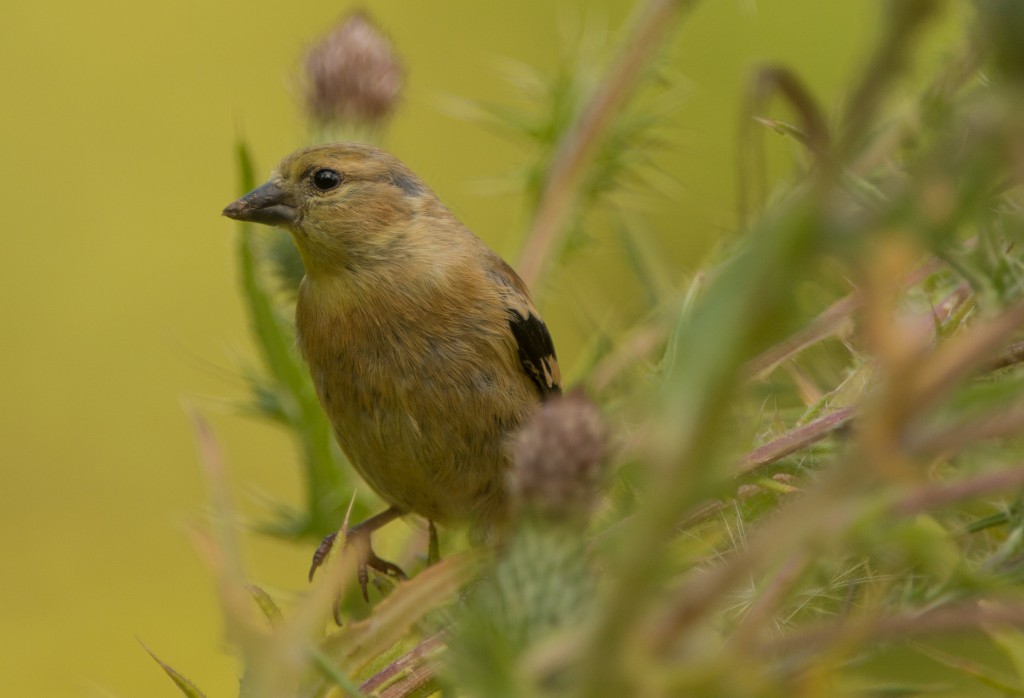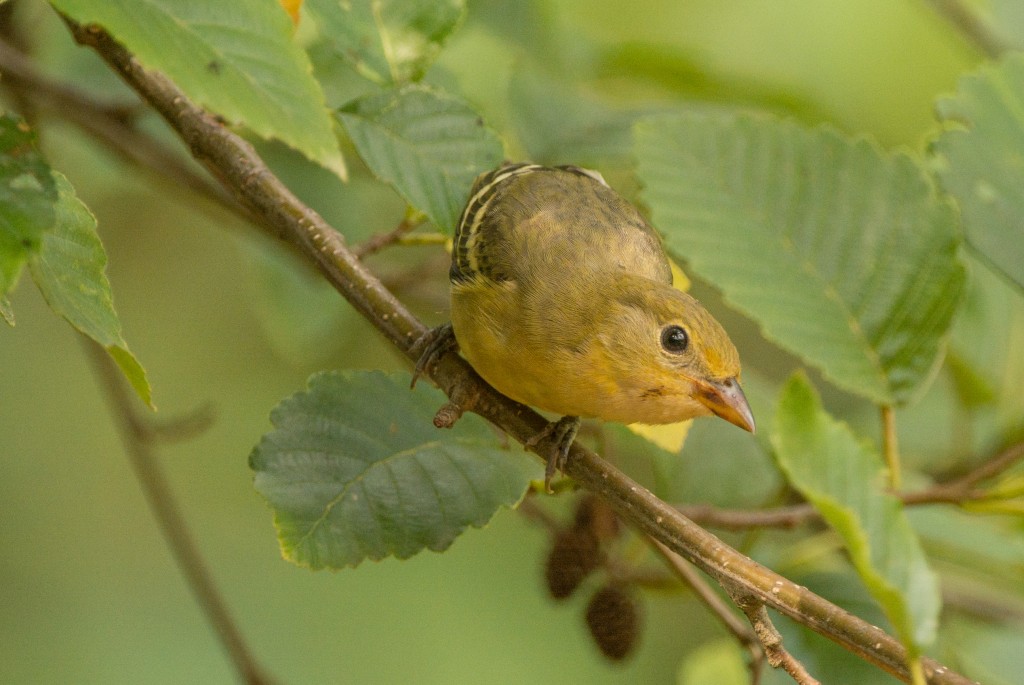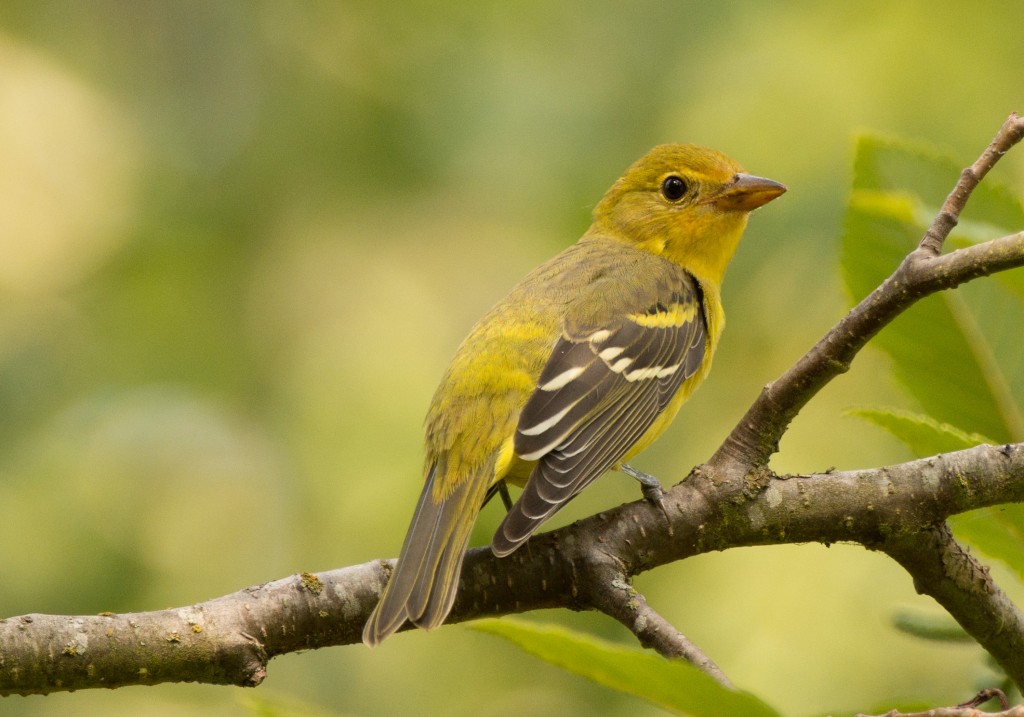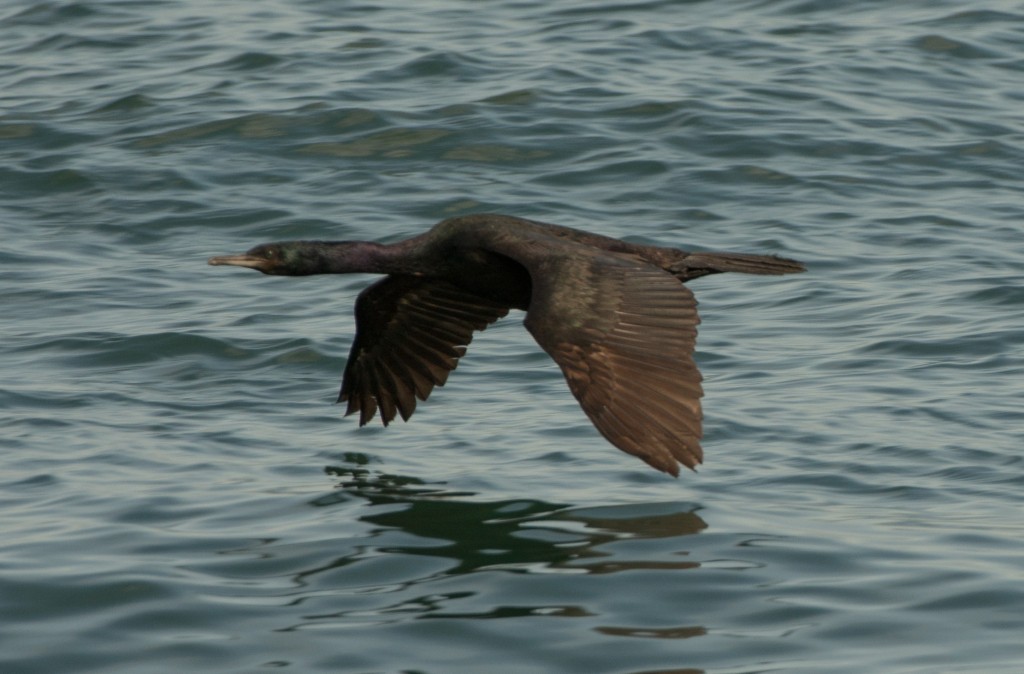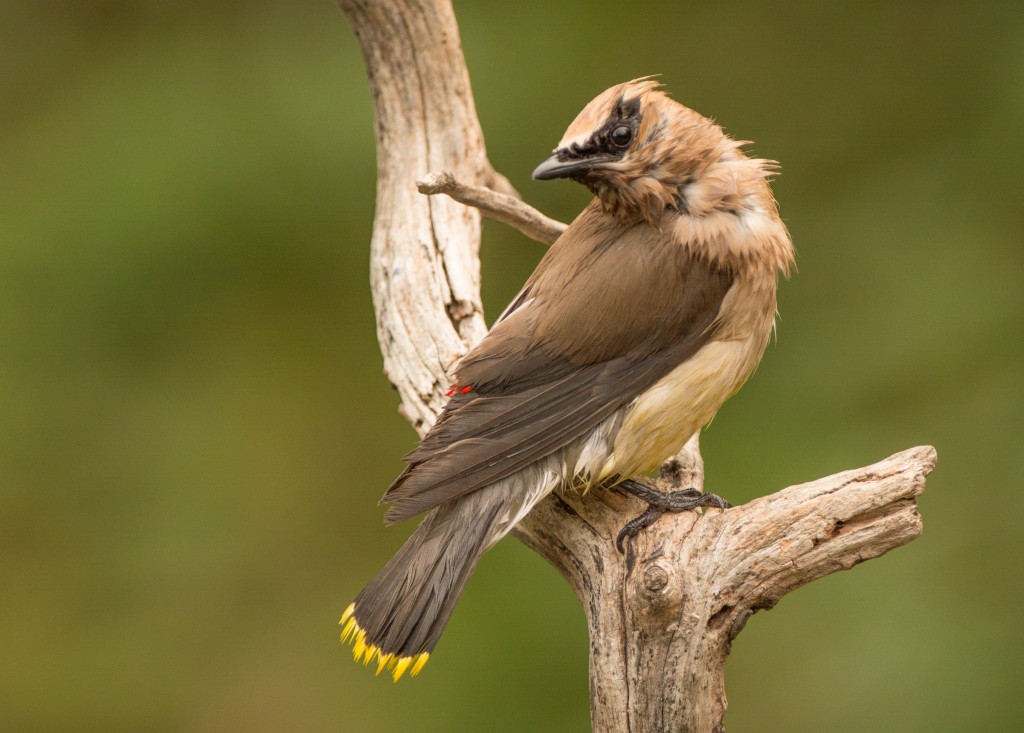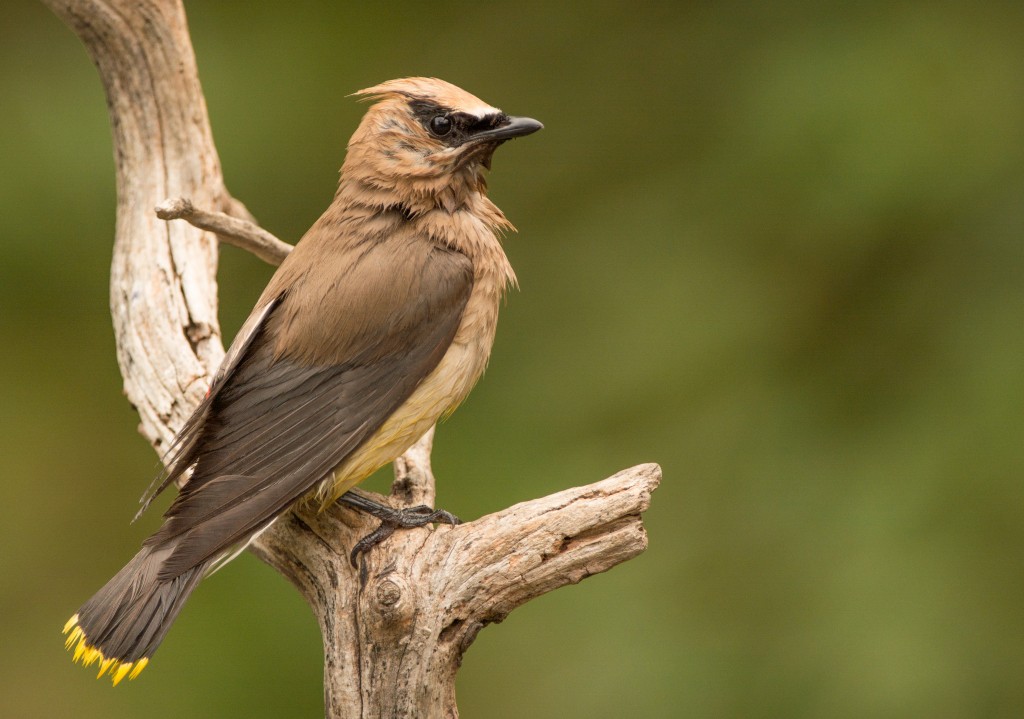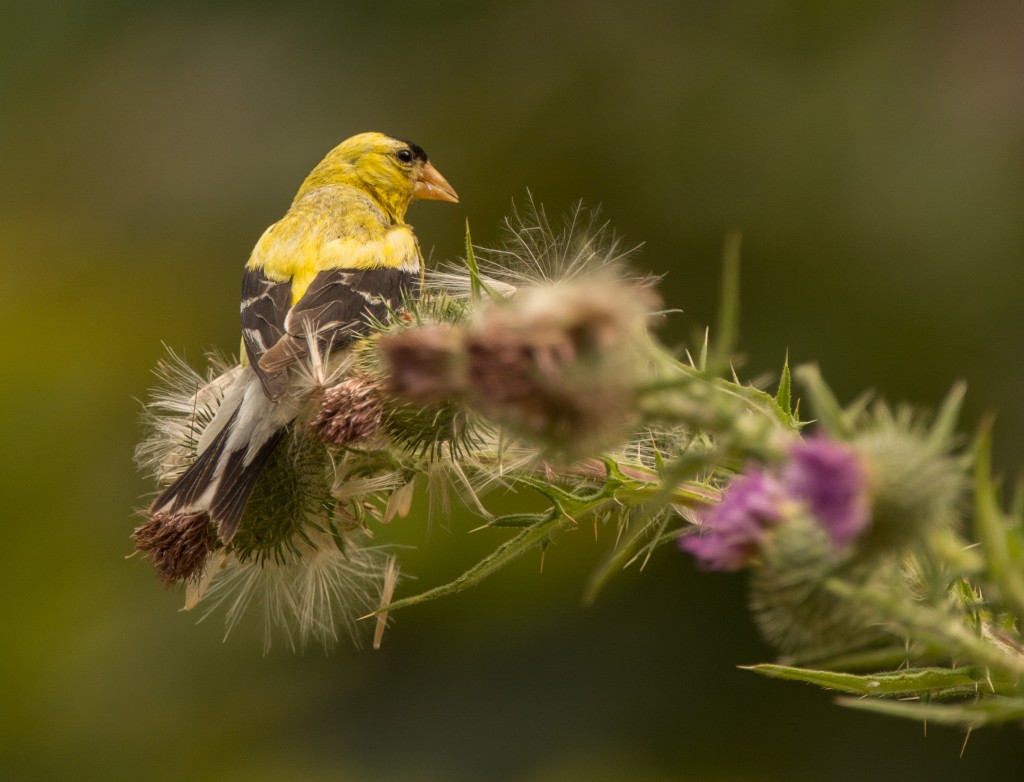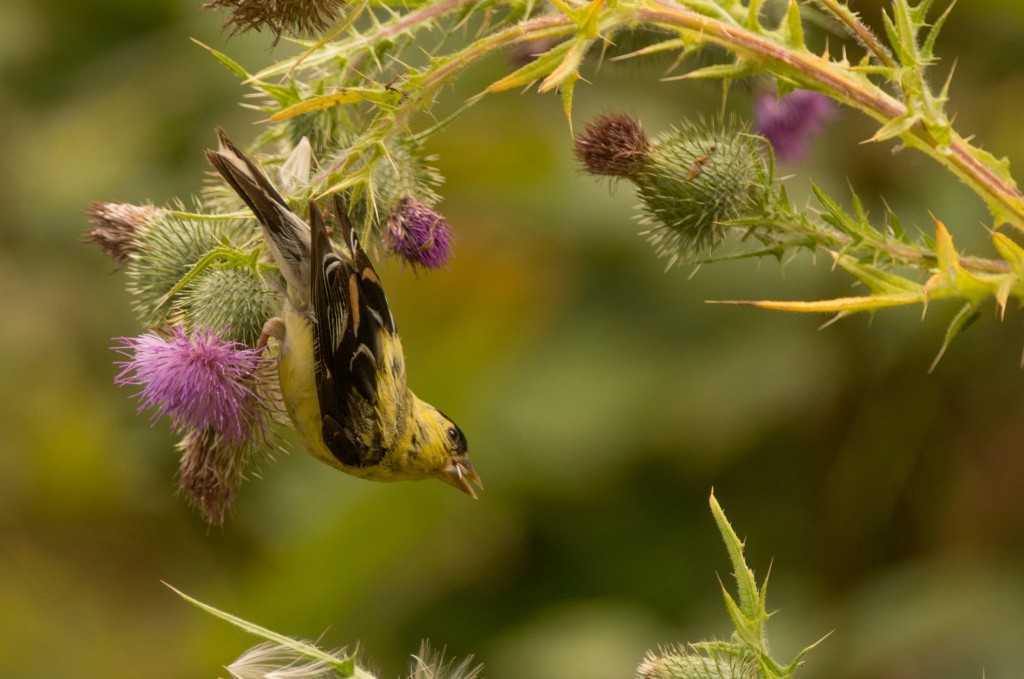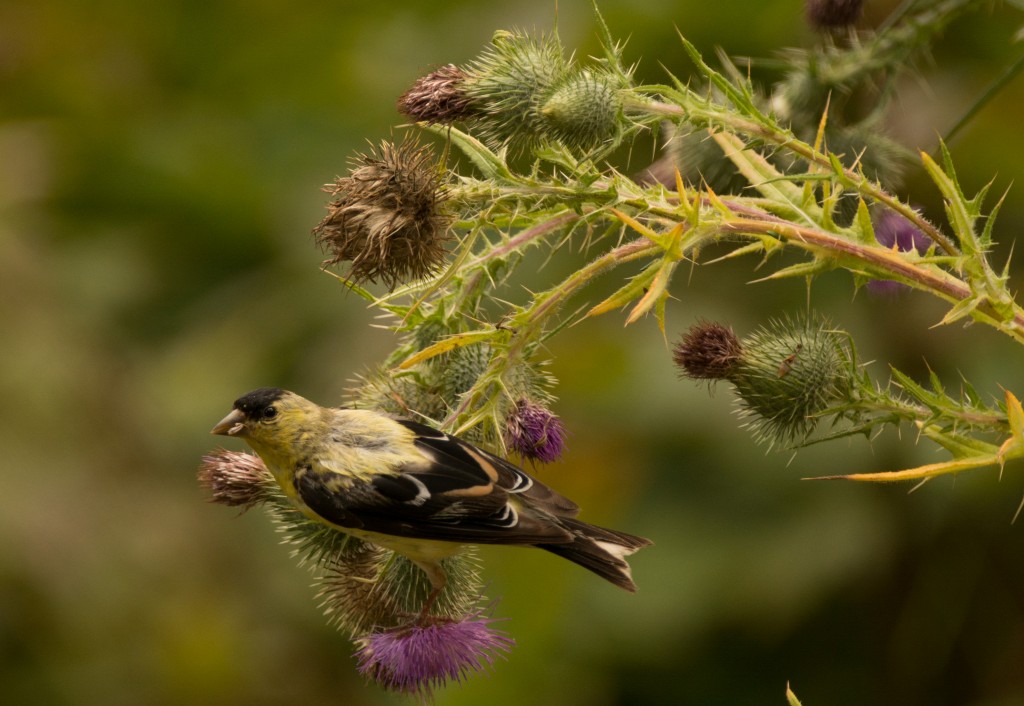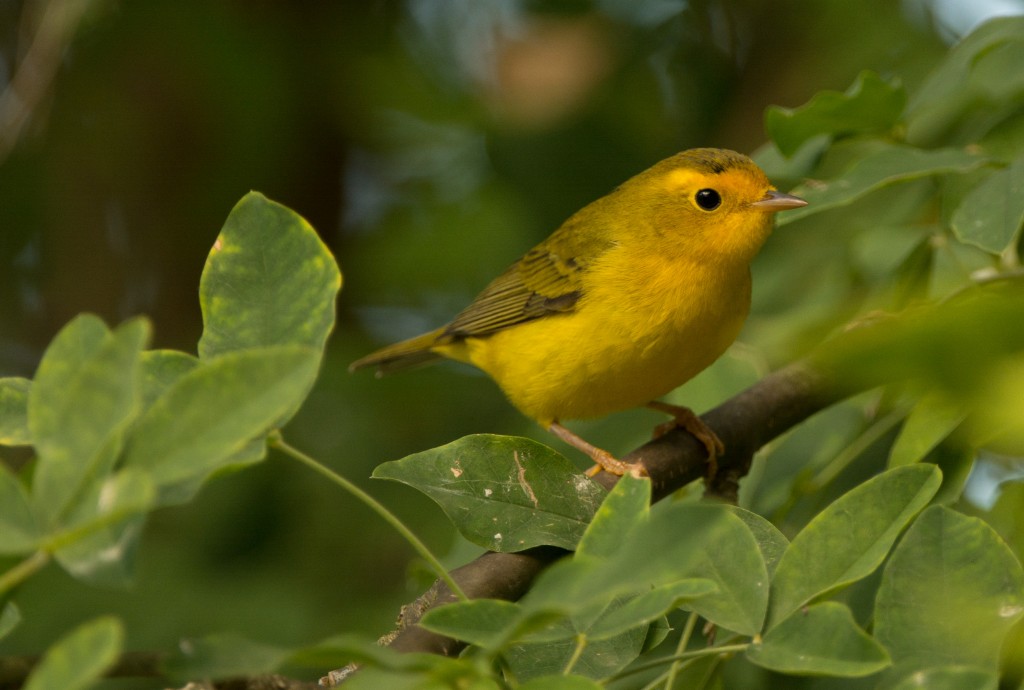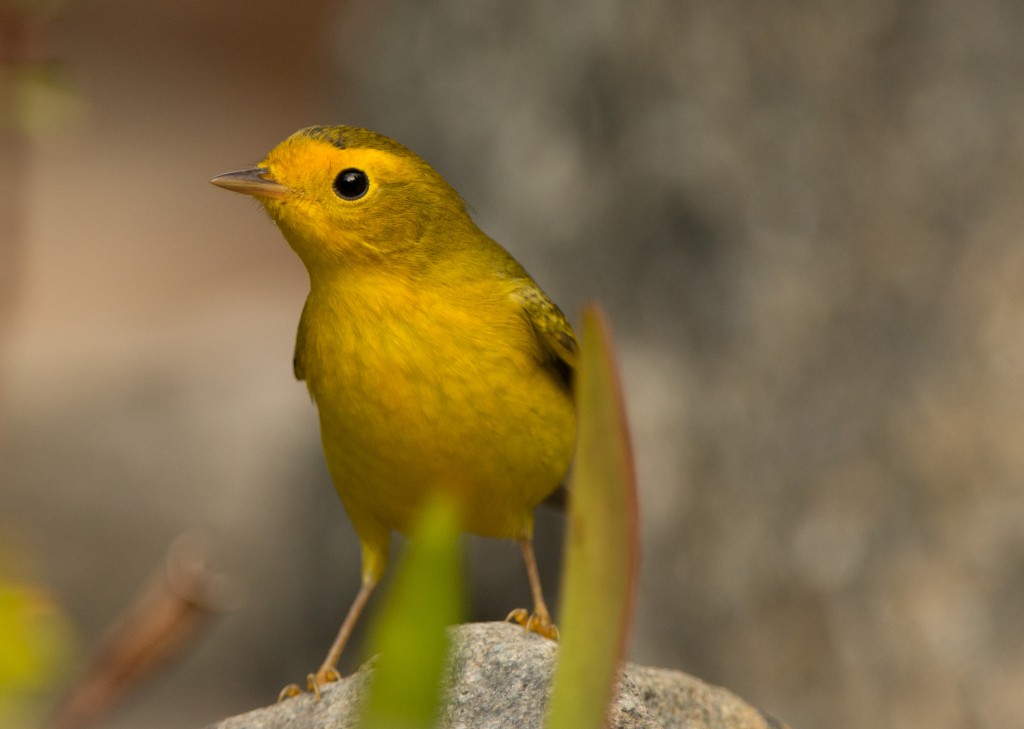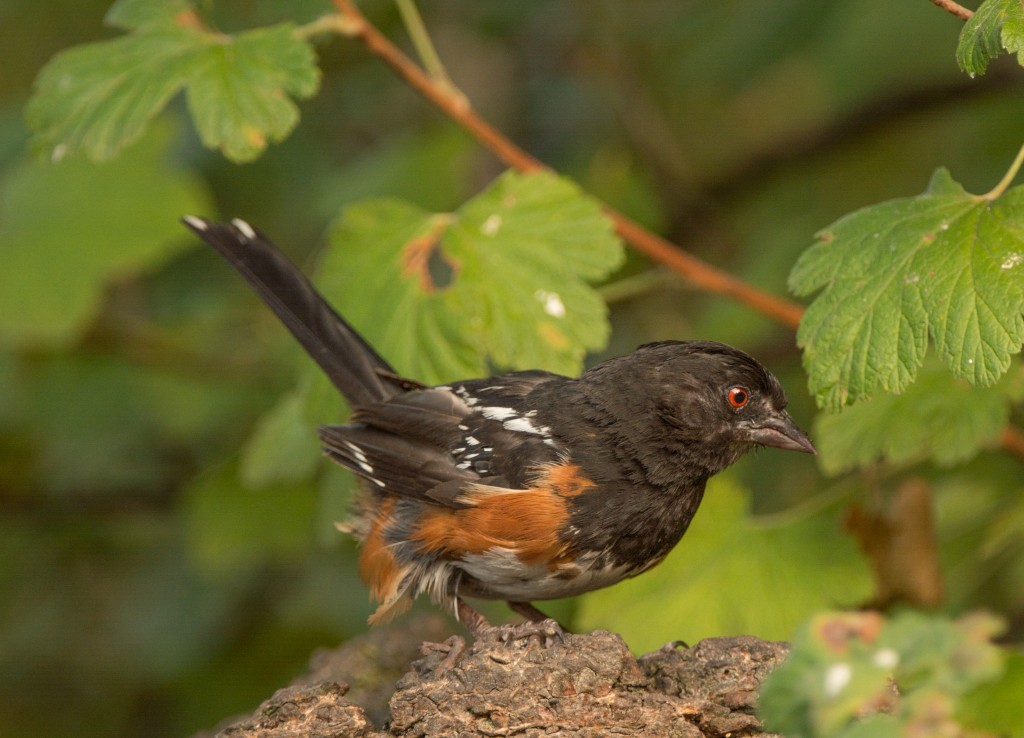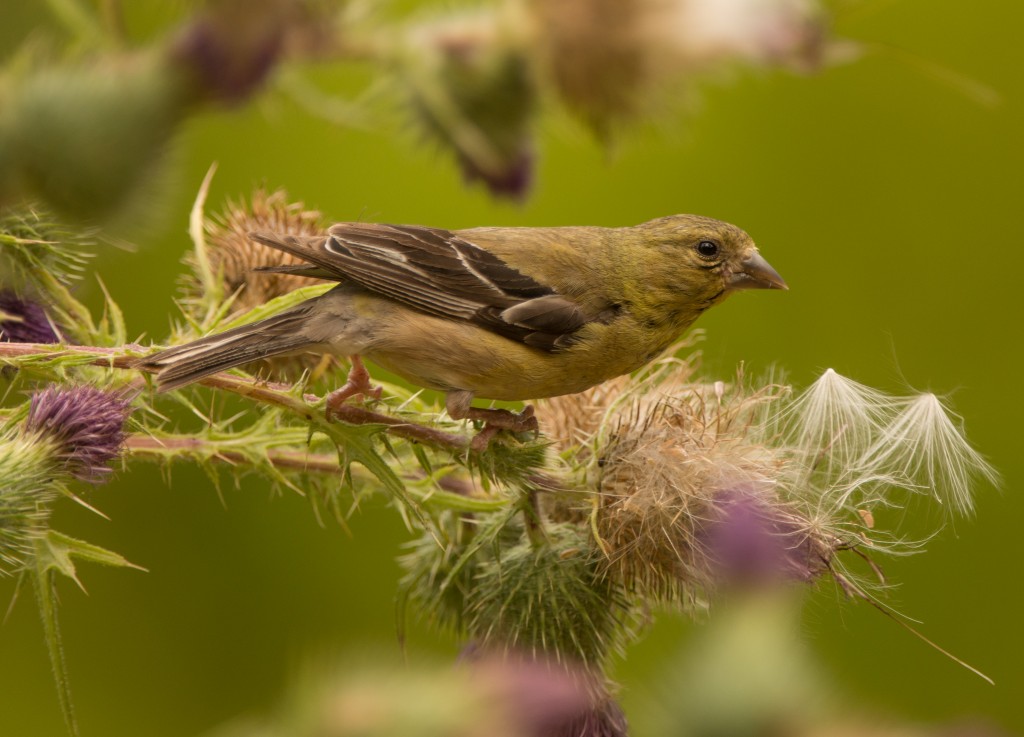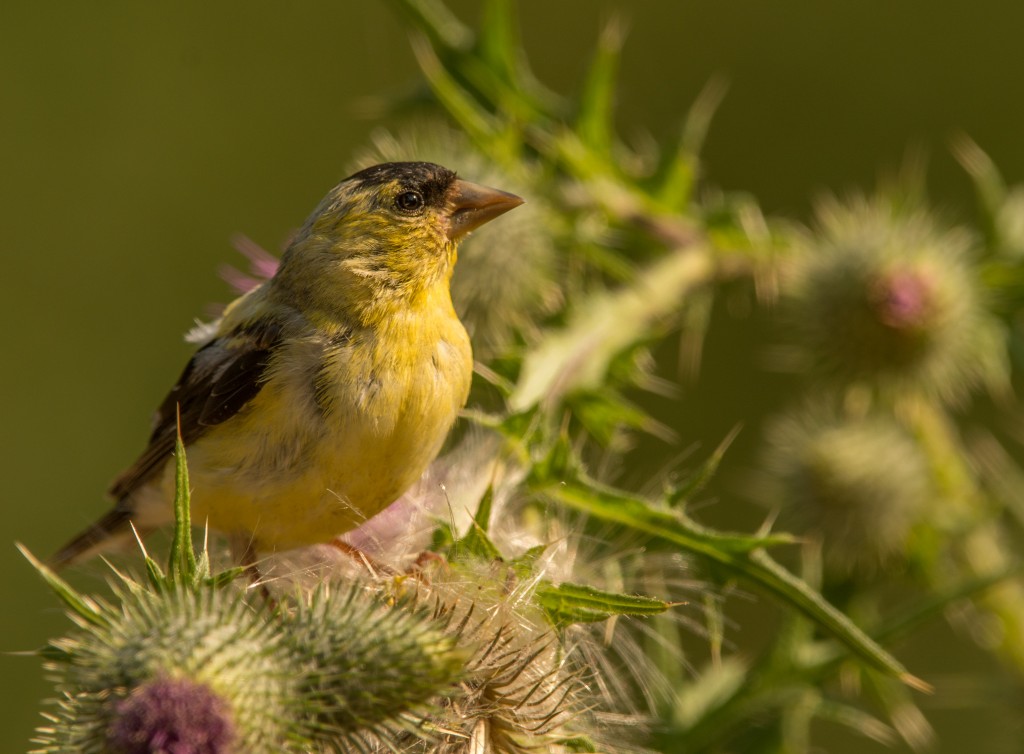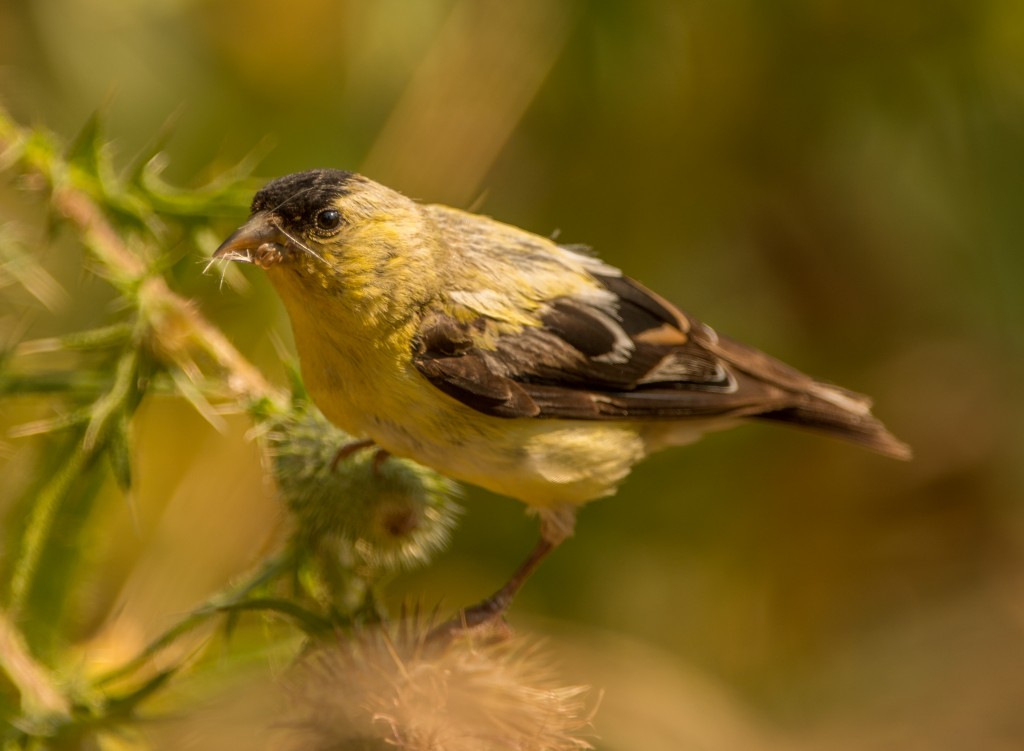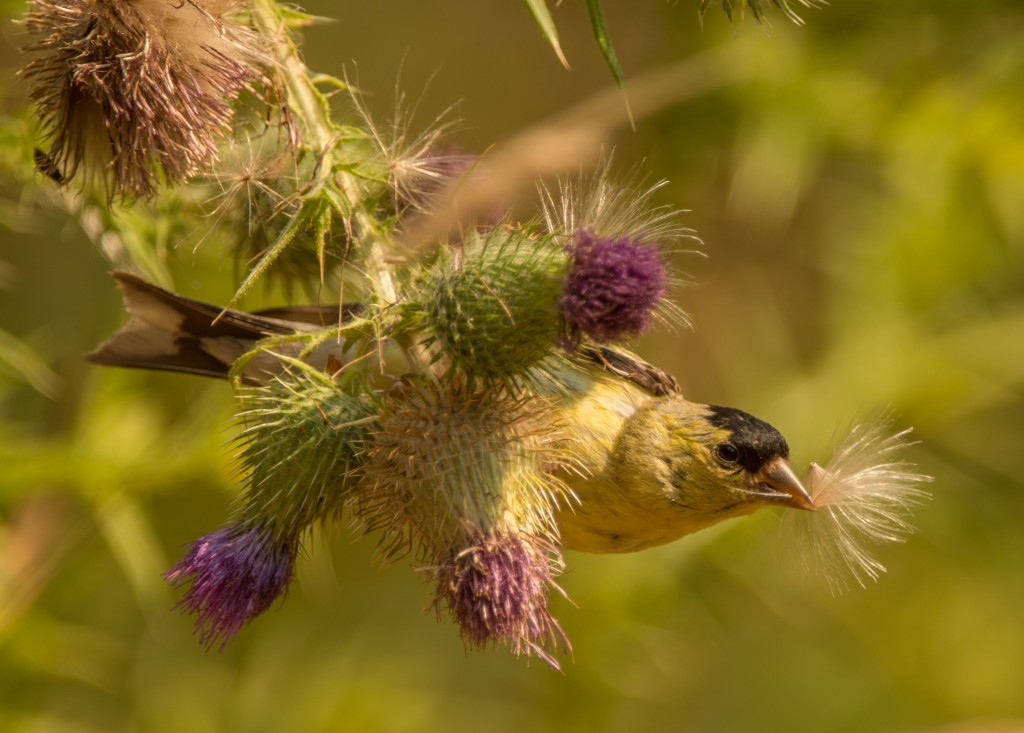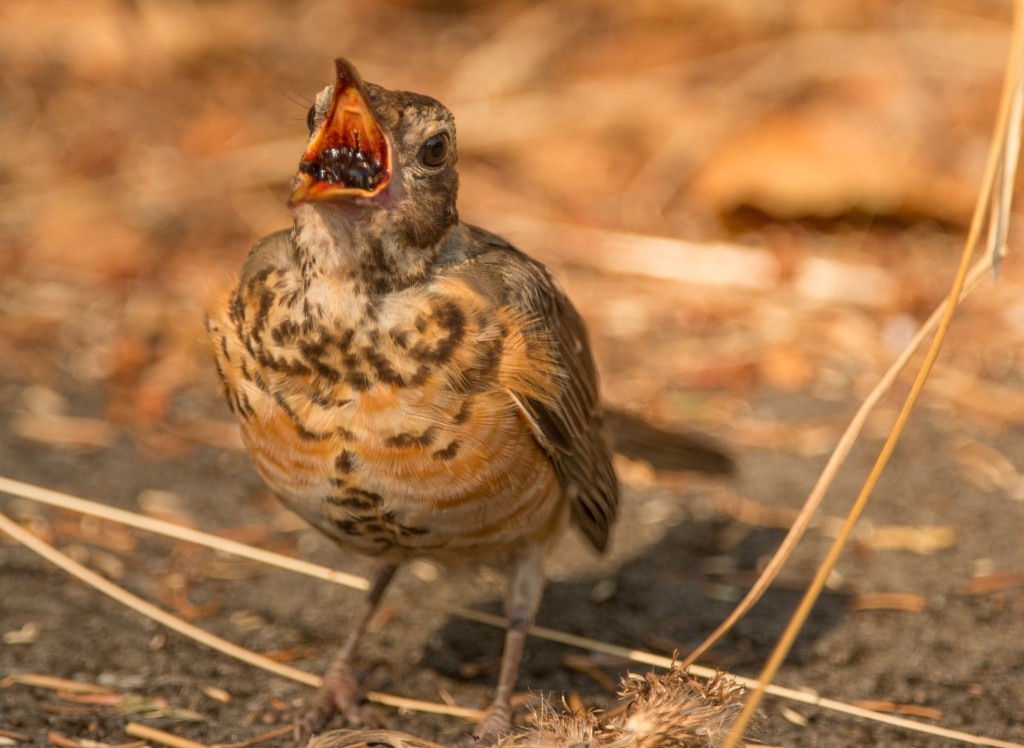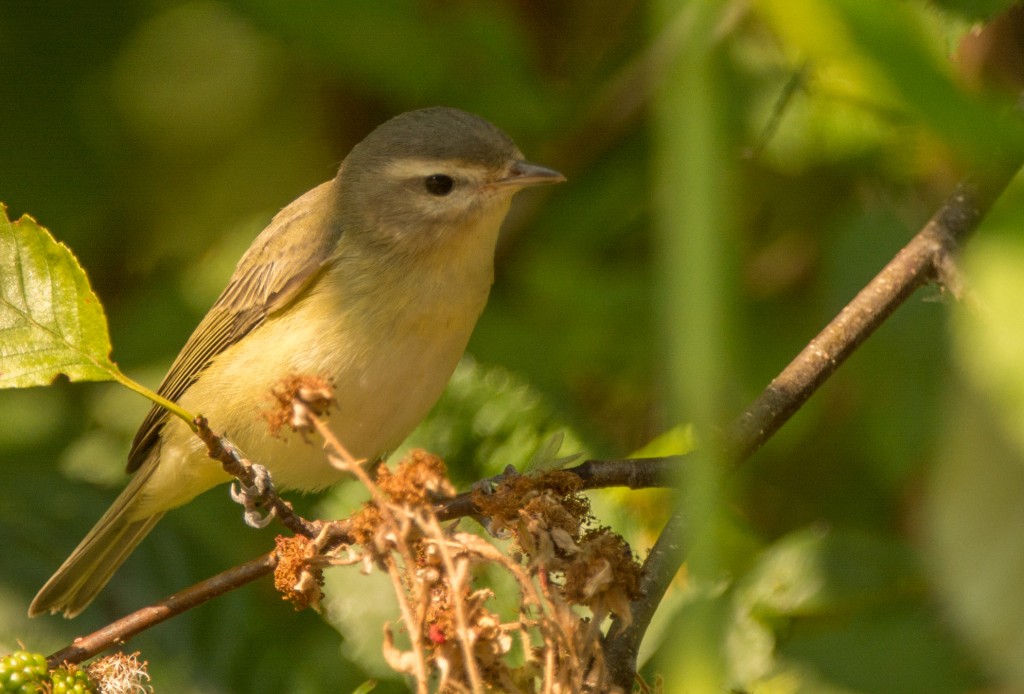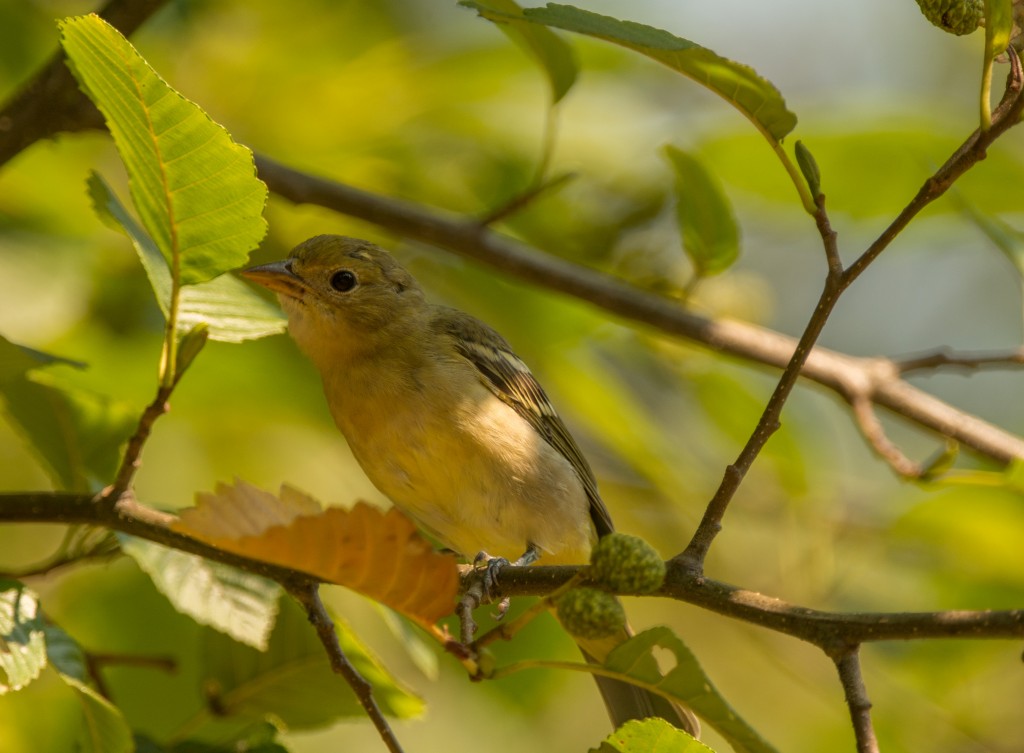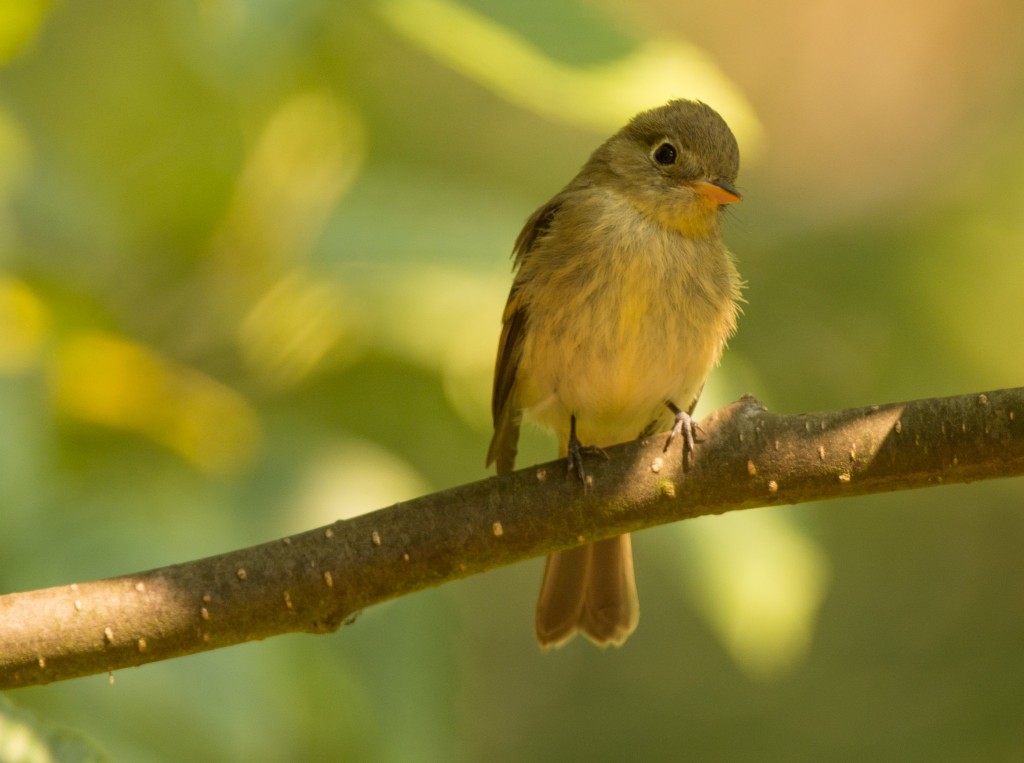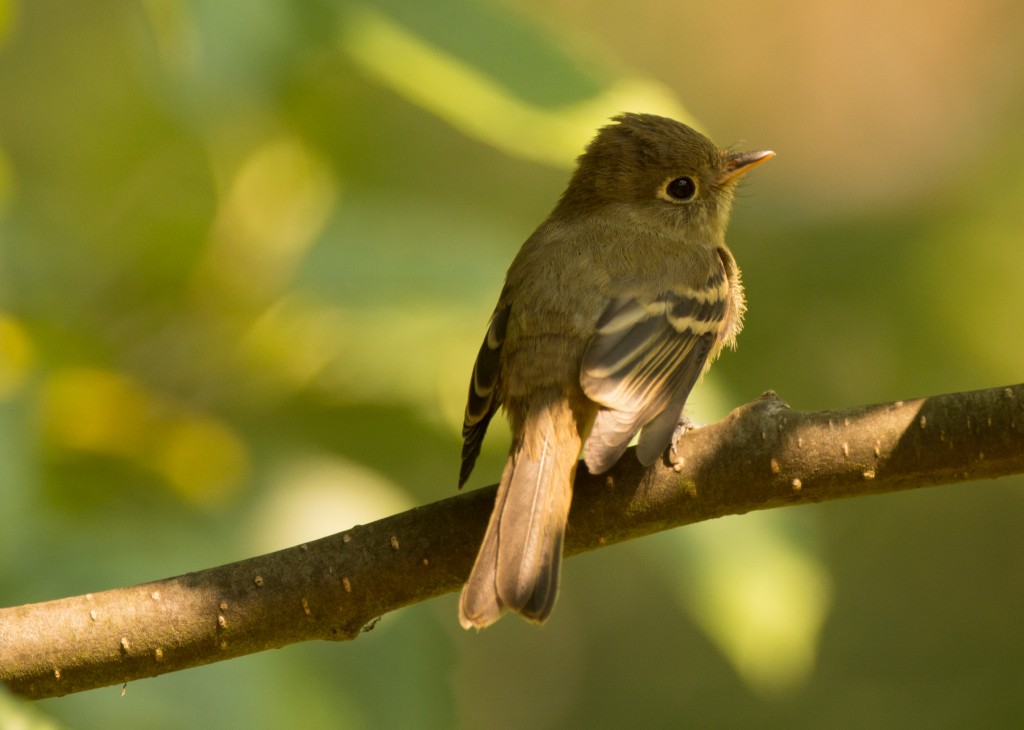End of summer visitors detracted from the amount of time I had for birding activities this past week. And I don’t appear to be attracting any interesting fall visitors to the yard. But it’s hard to keep a dedicated bird photographer down!
The American goldfinches are still around, but I note that the vast majority are juveniles that came into being this year. Some of them, such as this juvenile morphing into male plumage, are pretty rough looking.
And not content to share the same perch, this juvenile is giving a not-so-subtle hint to its temporary perch-mate.
It’s been quite a while since I’ve seen a Rufous hummingbird in the yard, but we still have a couple of Anna’s hummingbirds. While I’m not sure as to the sex of the first bird, I’m fairly certain that the second (with the red salvia) is a male.
And of final interest in the yard, while we were without Northern Flickers all summer, we’re now having visits from both juvenile males and females. We lost our big dead pine tree (it fell over!) which was our primary staging structure for the flickers, but they are adapting very well to the new habitat. This is one of the juvenile males.

